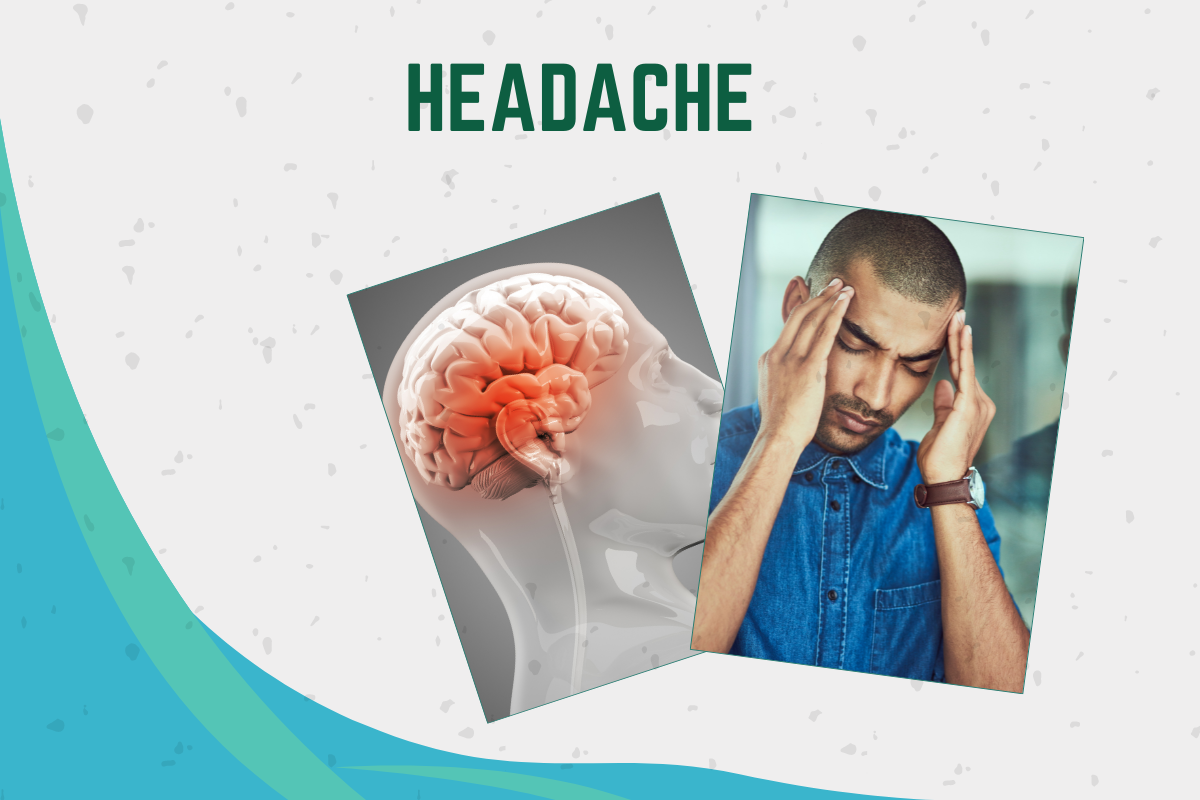HEADACHE
Headache is one of the most common presenting symptoms of neurological disorders. Whereas the majority of them are innocuous and need only symptomatic treatment, some can be a sign of serious underlying disorders and therefore headaches should always be taken seriously. A headache is a pain in the head radiating above the eyes or the ears, behind the head or in the back of the upper neck.
Primary headaches are not associated with any underlying major disease.Examples of primary headaches are tension headaches, migraine and Cluster headches. Secondary headaches are caused due to some other underlying disease. These may be minor ones such as uncorrected ophthalmic refractory error, sinusitis, withdrawal from caffeine and discontinuation of analgesics. They may also be symptomatic of major illnesses such as brain tumors, strokes, meningitis, and subarachnoid hemorrhages.



